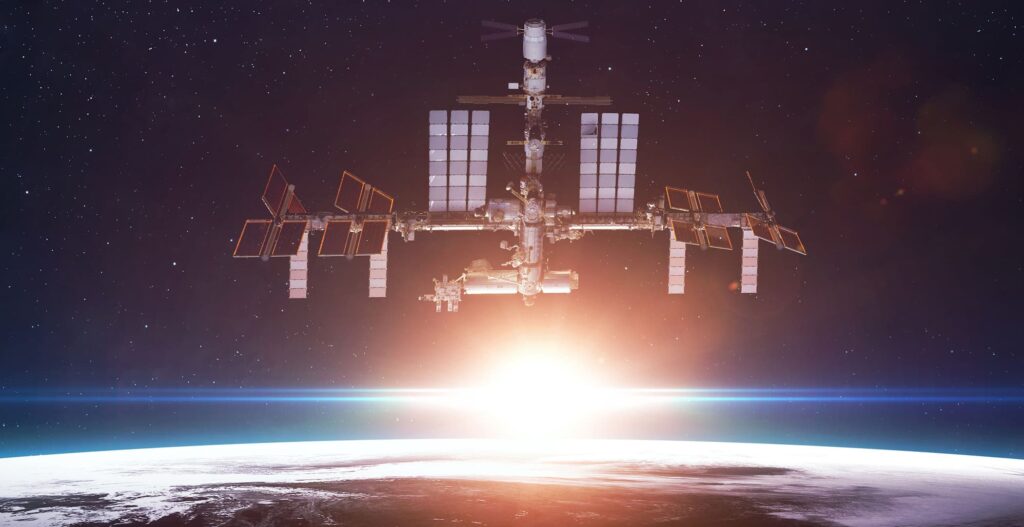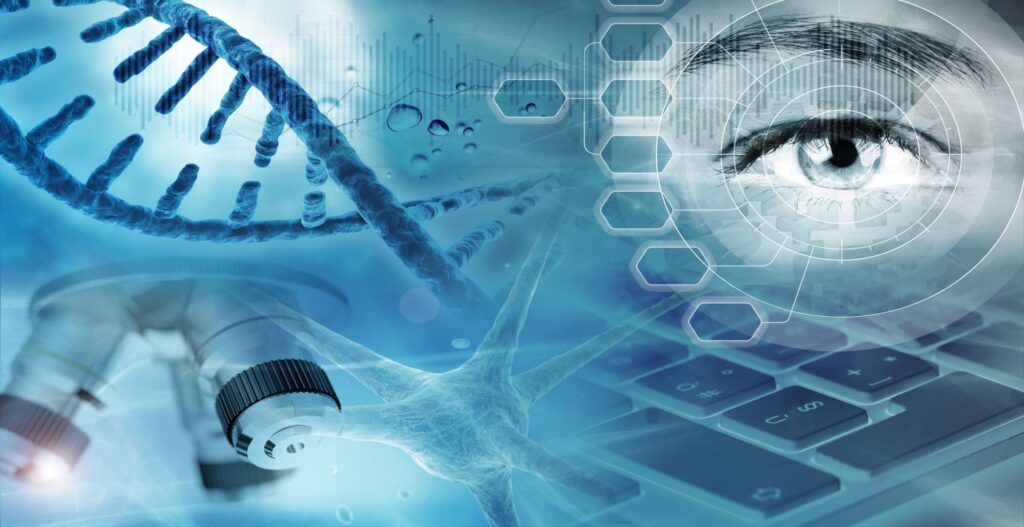The Yokogawa Confocal Spinning Unit (CSU-W1) equips the International Space Station (ISS)
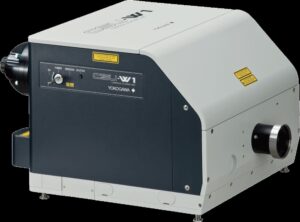
When a person thinks about Life Science usually topics like drug development, cancer research, genetic as well as 3D tissue engineering come to our mind. Probably one of the last things to consider would be space. Nevertheless, to understand how life in general originated, how humans can travel for extended time periods through space, or even how to populate other planets in the future it is essential to understand the behavior of living cells in a gravity-free environment.
The International Space Station (ISS) offers this gravity-free environment. And it is one of the core places for various experiments in space also addressing many of the basic Life Science questions.
[spacer space=50]
CSU-W1: Perfect tool to study living cells
The Yokogawa Confocal Spinning Unit (CSU) utilizes proprietary dual Nipkow disc-based technology. Which makes it a perfect tool to study living cells. The thousand of moderate energy laser beams allow confocal microscopy without causing significant photo-toxic effects or photo-bleaching to the object of interest. With that, long-term experiments of 2D or 3D tissues can be performed. Now the Yokogawa CSU-W1 is going into space to equip the ISS.
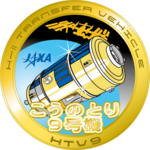
In May 2020 the so-called HTV9 Space Mission reached a critical phase. The H-II Transfer Vehicle (HTV-9) also known as “KOUNOTORI”, which means ‘white stork’ in Japanese, was launched from the Tanegashima Space Center in southern Japan. HTV-9 is an unmanned cargo transfer spacecraft that was developed and built in Japan. Its mission: To deliver 6.2 metric tons of supplies in the Pressurized Logistics Carrier (PLC) to the ISS including a significant number of large-size experimental instruments.
Essential component
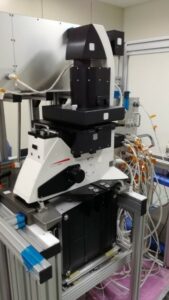
In all honesty, it does make us feel proud at Yokogawa, knowing that our Confocal Spinning Unit (CSU-W1) was chosen as an essential component for the Confocal Space Microscope on the ISS. Which will be used to analyze the gravity response of 3D cell structures and living cells in space.
The Confocal Space Microscope will allow fluorescence live imaging of biological samples aboard the ISS.
“Confocal microscopy eliminates out-of-focus light or glare in specimens whose thickness is greater than the immediate plane of focus. The microscope can produce data on the fundamental nature of cellular and tissue structure and functions in real-time. When combined with the heating chamber system, the microscope enables long term 3D observation of living cells. While biological experiments are the first area of concentration, the microscope could be used for chemical studies as well.”
Erin Winick, International Space Station Program Research Office, Johnson Space Center
JAXA launched the H-II Transfer Vehicle “KOUNOTORI” (HTV-9) from the Yoshinobu Launch Complex, at JAXA’s Tanegashima Space Center, Japan, on May 20th, 2020, at 17:31 UTC (21 May, at 02:31 Japan Standard Time – JST – Take a look at the video below).
Successfull connection
On May 25th, 2020 at 9:13 p.m. (JST) the H-II Transfer Vehicle “KOUNOTORI” (HTV9) started its final approach to the ISS and was captured by its robotic arm. Once captured and maneuvered by this robotic arm, the HTV9 was successfully connected to the ISS. The ISS crew opened the hatch of “KOUNOTORI” and entered the Pressurized Logistics Carrier (PLC) at 4:24 a.m. on May 26th, 2020.3)
Today, the Yokogawa Confocal Spinning Unit (CSU-W1) equipping the Confocal Space Microscope should be safe and sound on board of the International Space Station (ISS). We hope it will help generating high-quality confocal images of cells living, proliferating and moving in a gravity free environment. Much is there to learn. We strongly believe our Life Science technology will also help to advance our knowledge about cell structures beyond the physical borders of our planet in space.
https://www.youtube.com/watch?v=Mji_UmW-uiE&t=9s” align=”center
